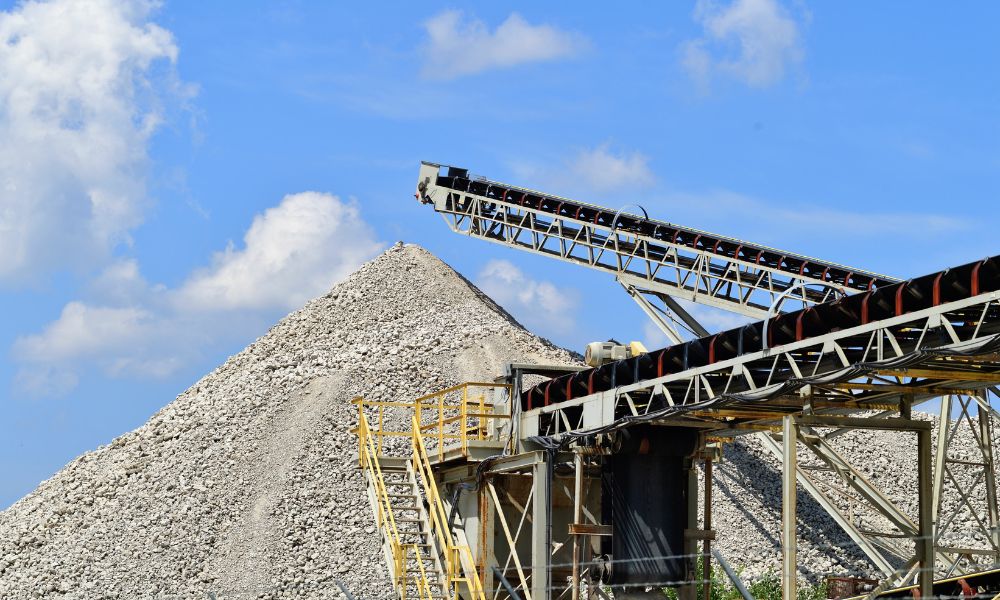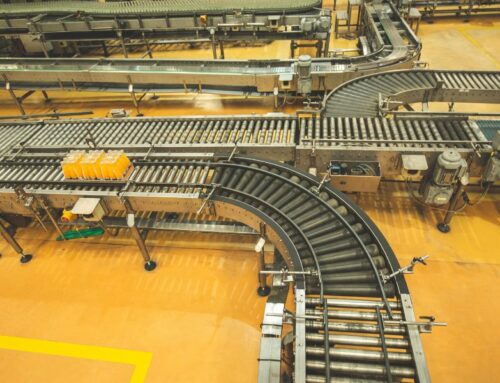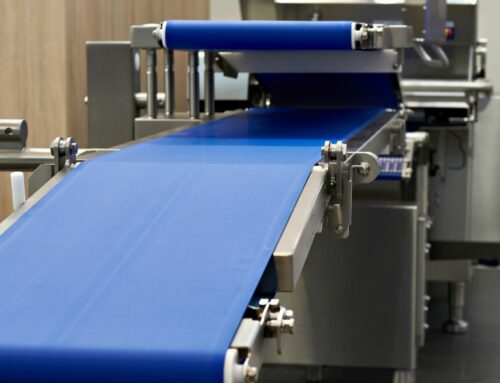
A concrete conveyor is an essential piece of equipment on construction sites. It enables the transportation of concrete from one place to another. However, using it improperly could lead to concrete fallback, making the process inefficient and potentially dangerous. Learn some tips on how you can avoid excessive rollback on your concrete conveyor.
Adjust the Conveyor Belt Tension
The tension of the conveyor belt can affect how much material it can transport and its velocity. Over time, the belt may loosen, which can make it slip. To prevent this, you’ll need to check the belt tension regularly. Consult your manufacturer’s manual to ensure you’re setting it correctly.
Level the Hopper
The hopper is the concrete loading zone. It should always be level to ensure the concrete reaches its destination. This is especially important for wet concrete. If the hopper is angled, excessive rollback is likely and the concrete will accumulate in the hopper. Use a spirit level and alter the height of the conveyance by adjusting the legs.
Adjust the Conveyor Speed
You may need to adjust the conveyor’s speed depending on your operations. If you run the conveyor too fast, it will result in rollback and backlogged concrete. Similarly, if you transport wet concrete too slowly, it can harden and damage the conveyor. Before starting your project, determine the ideal speed for your conveyor.
Monitor the Conveyor
You must monitor the conveyor closely during use. Look for signs of slowing or backlog, which can lead to excessive rollback. If this happens, adjust the conveyor speed, hopper position, or belt tension as suggested previously. Also, ensure the concrete feeding into the conveyor is the right mix and has the right amount of water. Deviations in the concrete mix may cause instability and lead to greater rollback.
Maintain Your Equipment
Equipment maintenance can help you avoid excessive rollback. The conveyor system must be free of concrete debris that may affect its performance. Clean and lubricate the chains to ensure smooth operation, and check the bolts to make sure they’re tight. Well-maintained conveyors can transport concrete with minimal scrim and rollback.
Concrete conveyors are essential machines for large-scale construction projects. They can make concrete transportation more efficient, but if you’re careless about operating the machinery, your operations could slow down. By following these steps, you can avoid excessive rollback on your concrete conveyor.
If you need portable conveyors, Redline Systems is your go-to partner. With over 40 years of experience, we provide top-quality conveyors for any job site. Contact us today for more information or to request a quote. Our team will be happy to assist you in finding the best conveyors for your needs.



